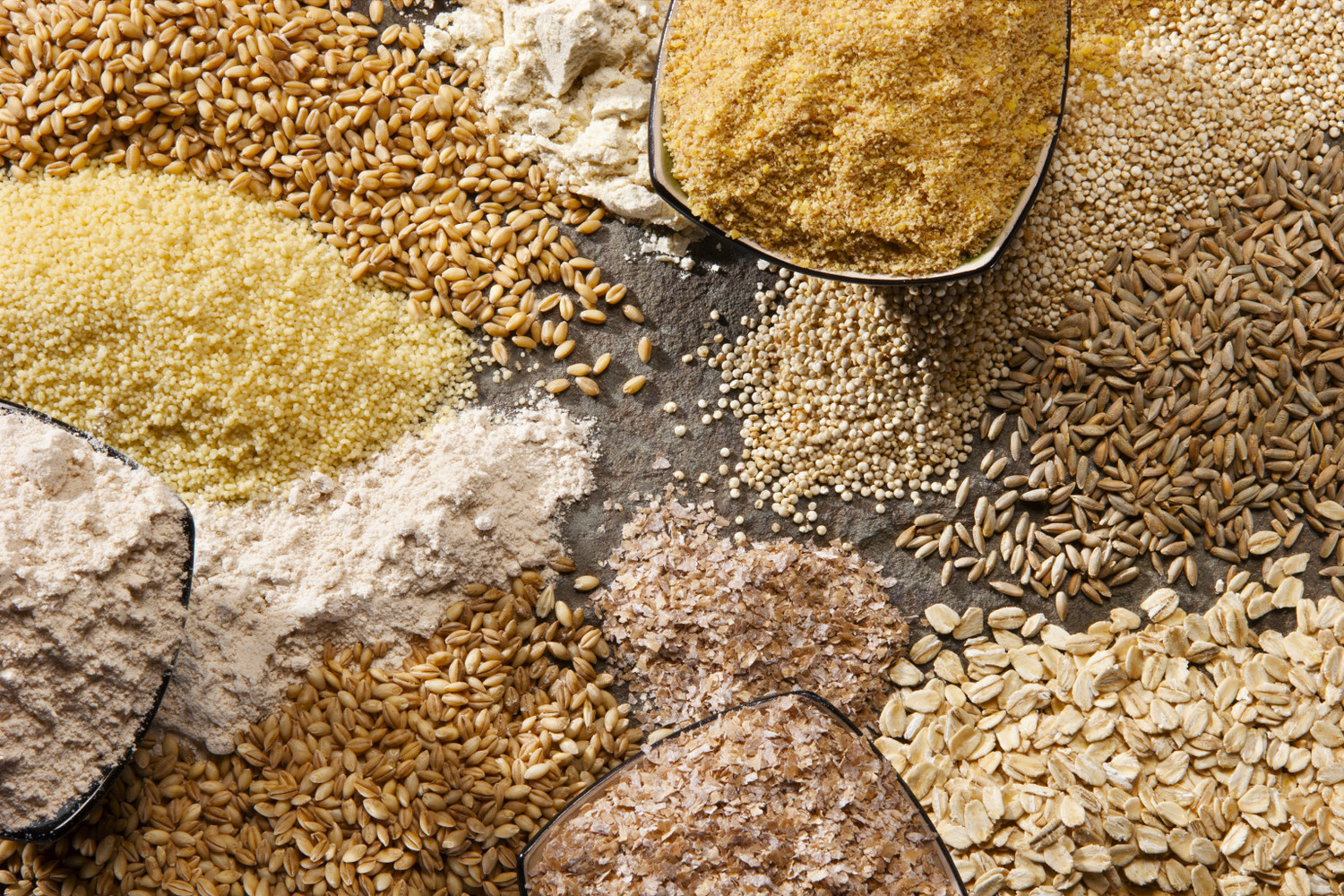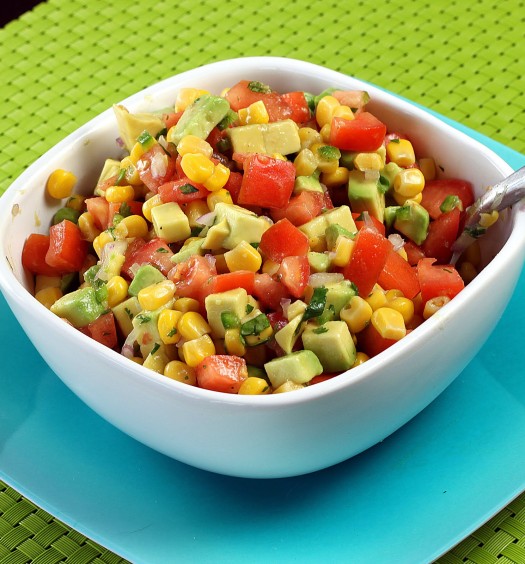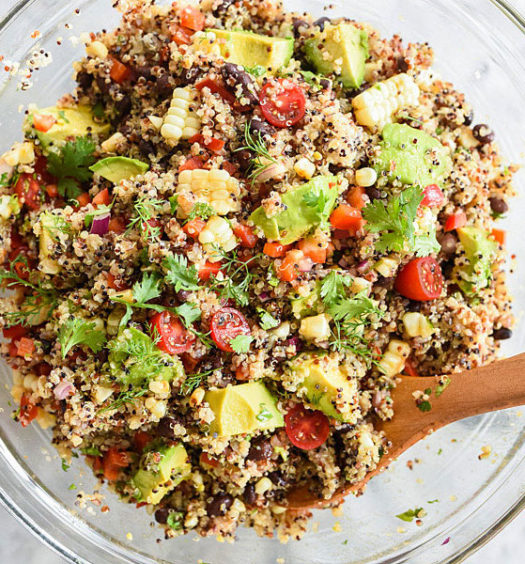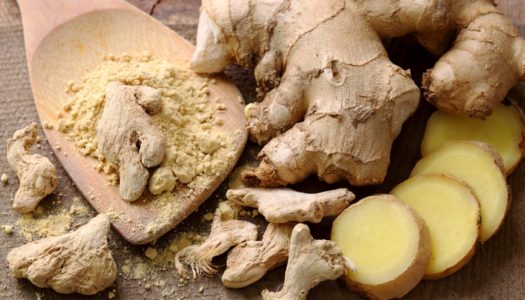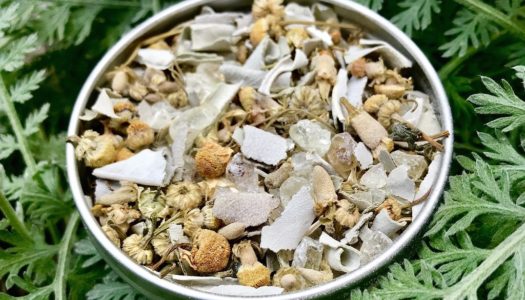Carbs get a negative rap because so many Americans are eating the bad ones—refined carbohydrates in white bread, candy, cookies, sugary cereals, and all sorts of other junk food and drinks. In fact, research has shown that 95 percent of the grains we eat are refined. Eating too many foods with these adulterated ingredients won’t just make you fat; they’ll also raise your risk of heart disease and diabetes. And raise your levels of blood fats called triglycerides, putting you on the fast track for a heart attack or stroke. The good news is that working the healthiest grains into your diet can help prevent or reverse these health problems.
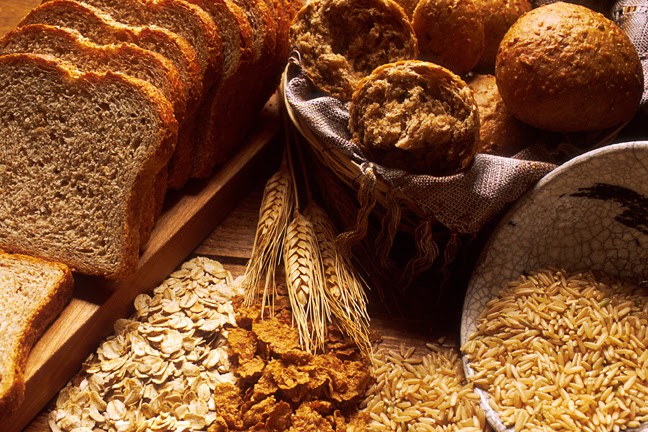
Healthy, whole-grain foods are made from cereal grains that include the whole kernel, and research shows that they can protect you from ticker trouble, diabetes, colon cancer, and possibly asthma and Alzheimer’s disease.
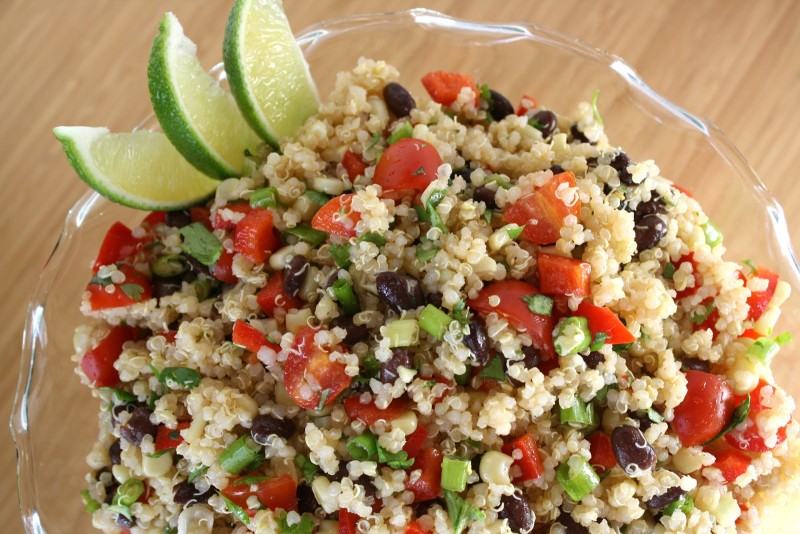
Quinoa
Though it’s technically a seed and not a grain, this ancient South American power food is packed with more protein than any other grain, and each uncooked cup of the stuff (about three servings) has 522 milligrams of omega-3 fatty acids. Your family will likely enjoy its light, nutty flavor for a change of pace at the dinner table.
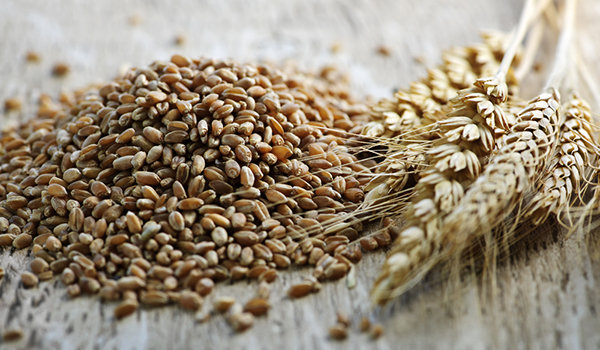
Whole Wheat
This one is pretty easy, as long as you don’t let food marketers trick you. It can be readily found in bread and pasta products, but make sure the label says “100 percent whole wheat.” Terms like “multigrain” and “wheat” don’t cut it. As when you’re shopping for any whole-grain product, look at the ingredients and make sure the whole grain is at or near the top of the list. Each serving should contain at least 2 or 3 grams of fiber.

Corn
Yes, corn can be healthy for you when it’s whole! A good source of B vitamins, magnesium, and phosphorus, whole corn is also thought to increase healthy gut flora, which can ward off diabetes, heart disease, and chronic inflammation. Yellow corn is also high in antioxidants. The easiest way to eat it? Popcorn. Just skip the microwavable kinds that use harmful chemicals in the bags’ nonstick lining. Instead, buy organic popcorn kernels and pop them in a microwave using an ordinary paper bag, or do it the old-fashioned way on the stovetop. Organic is important, as about 40 percent of the corn grown in the United States is genetically modified (GM) to withstand higher doses of pesticides. Some studies are starting to link GM foods to allergies and other health problems.
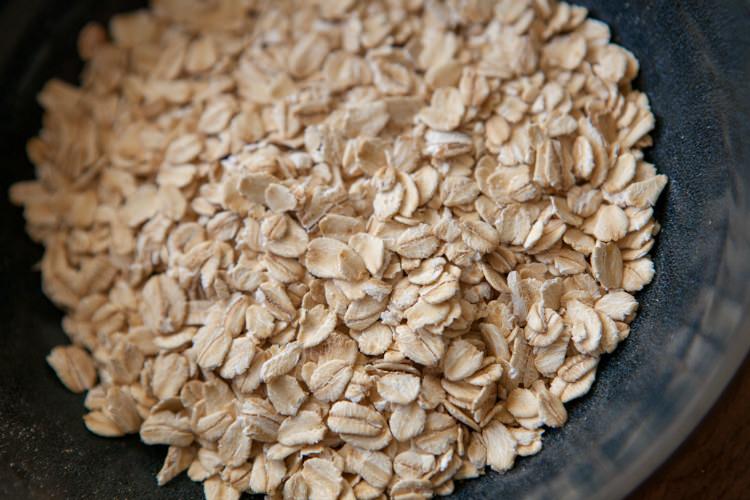 Whole Oats/Oatmeal
Whole Oats/Oatmeal
Oats are particularly rich in avenanthramide, an antioxidant that protects the heart. When you’re shopping for this whole grain, whether you see the word “whole” or not doesn’t matter the way it does with wheat products. Oats in the ingredients list mean the product is made from whole oats. But, if you are buying something like instant oatmeal, avoid those that contain high-fructose corn syrup. Studies have found that it was a source of mercury contamination in oatmeal. Stick to the good old-fashioned unsweetened kind and mixing in a little fruit or honey.
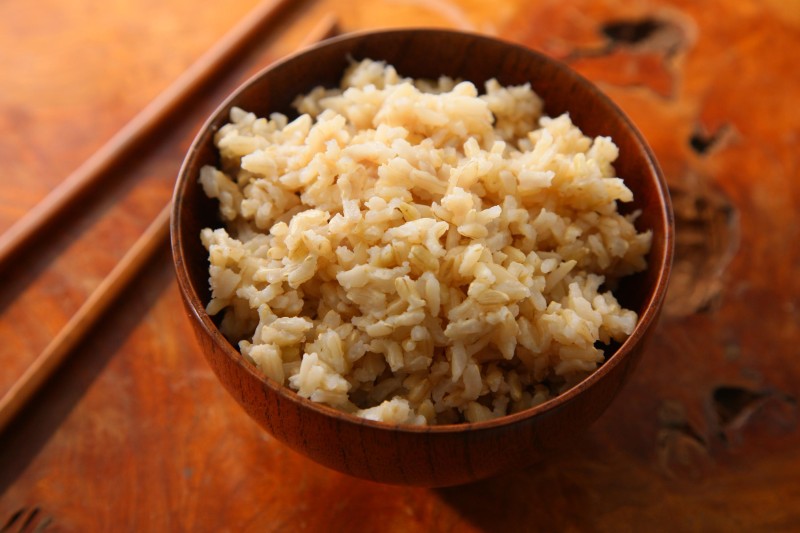
Brown Rice
When you choose white rice over brown, around 75 percent of its nutrients—including nearly all the antioxidants, magnesium, phosphorus, and B vitamins contained in the healthy bran and germ—are left on the milling-room floor. Always opt for brown rice, which includes brown aromatic varieties like basmati and jasmine. Get even more exotic with red and black rice, both of which are considered whole grains and are high in antioxidants. Though technically a grass, wild rice is also considered a whole grain and is rich in B vitamins, such as niacin and folate.
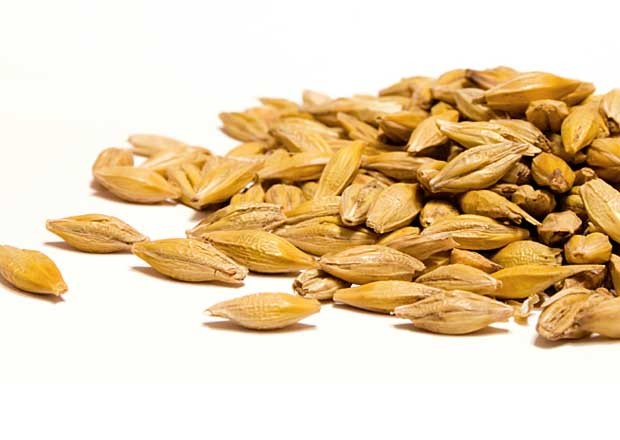
Whole-Grain Barley
Eating a half-cup of whole barley regularly during a 5-week period cuts cholesterol levels by nearly 10 percent. Add raisins or dried apricots to quick-cooking barley and serve it as a side dish. Just make sure it’s whole-grain barley, not “pearled,” which means the bran and germ have been removed.
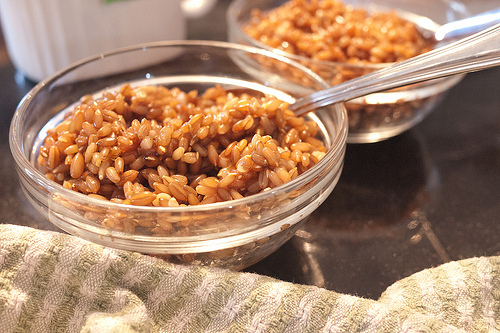
Whole Rye
Rye has more nutrients per 100-calorie serving than any other whole grain. It has four times more fiber than standard whole wheat and provides you with nearly 50 percent of your daily recommended amount of iron. The problem is, most rye and pumpernickel bread in this country is made with refined flours. Be persistent and look for “whole rye” topping the ingredients list to get the healthy benefits.
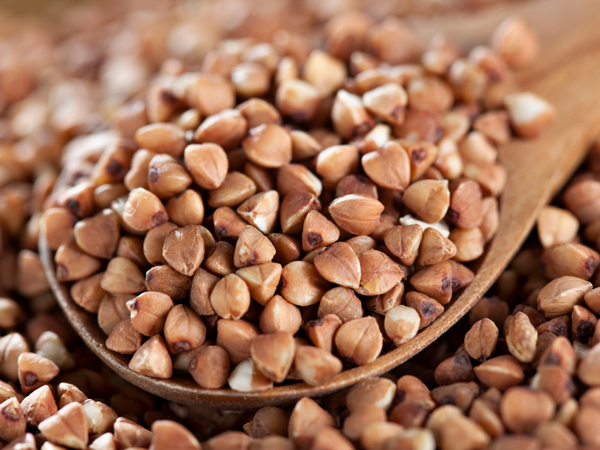
Buckwheat
This common pancake whole grain is one of the whole grains many people living with celiac disease can tolerate (others include quinoa, amaranth, and sorghum). And it’s one of the best grain-based sources of magnesium, a wonder mineral that does everything from ease PMS symptoms to improve nerve functioning; and manganese, which boosts brain power. And thank goodness for that, because who doesn’t enjoy a good buckwheat pancake from time to time?
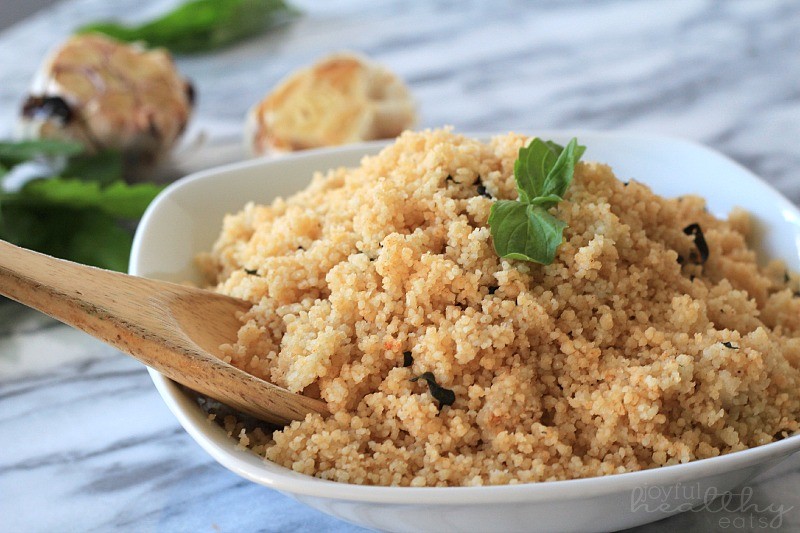
Whole-Wheat Couscous
Most of the couscous you see is a form of pasta, usually made from refined wheat flour. So when you’re eying the items in the aisle for the healthiest couscous pick, look for the whole-wheat kind, most easily found in natural-food stores. Skipping the refined version and going with the whole-grain type will gain you 5 additional grams of fiber.
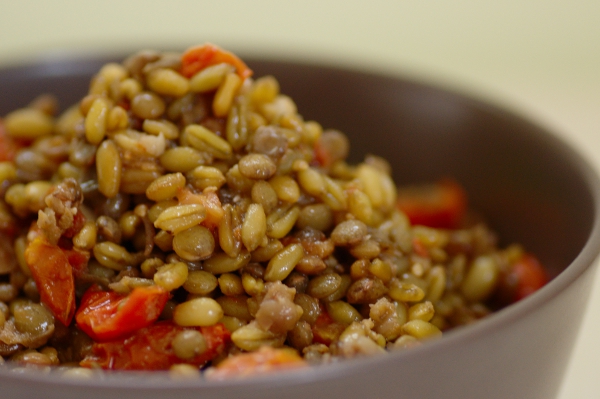
Freekeh
This Arabic grain is a low-carb form of ancient wheat that has up to four times more fiber than brown rice. Freekeh kernels are harvested while they’re young and then roasted. They contain more vitamins and minerals, such as immune-boosting selenium, than other grains. Once in your stomach, freekeh acts as a prebiotic, stimulating the growth of healthy bacteria that aid digestion. Look for it in Middle Eastern markets or natural-food stores.
source: http://www.rodalesorganiclife.com/food/11-healthiest-whole-grains

